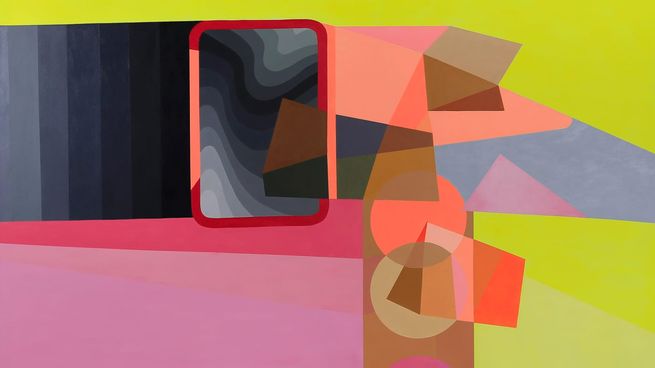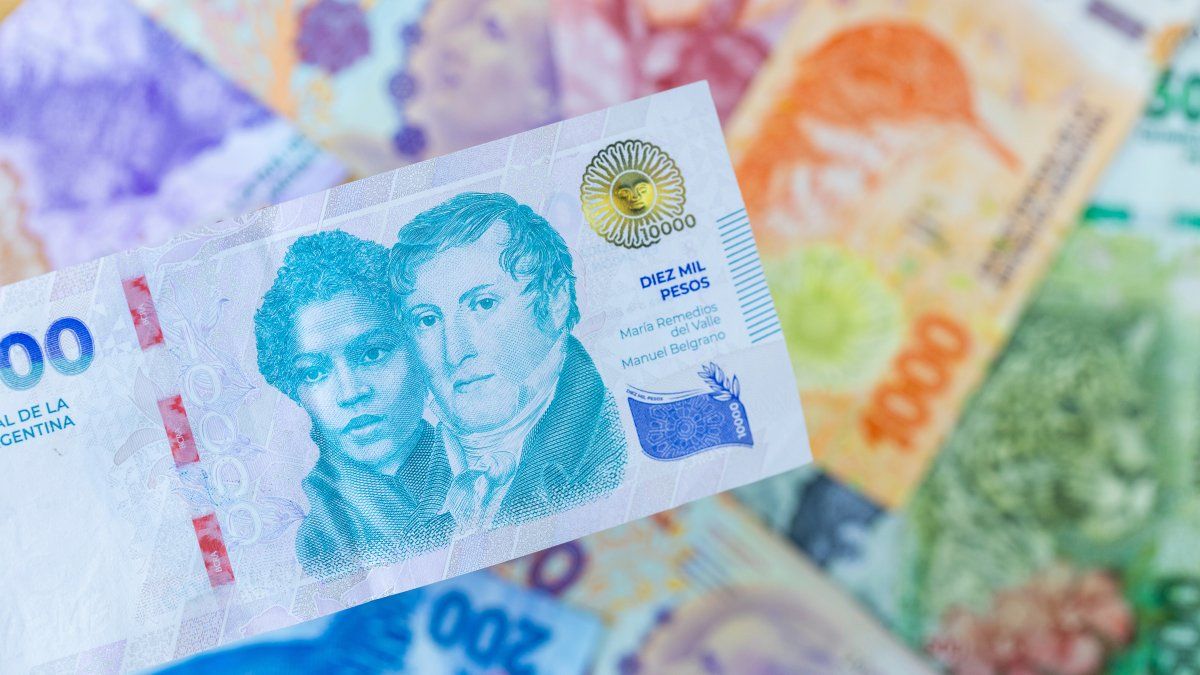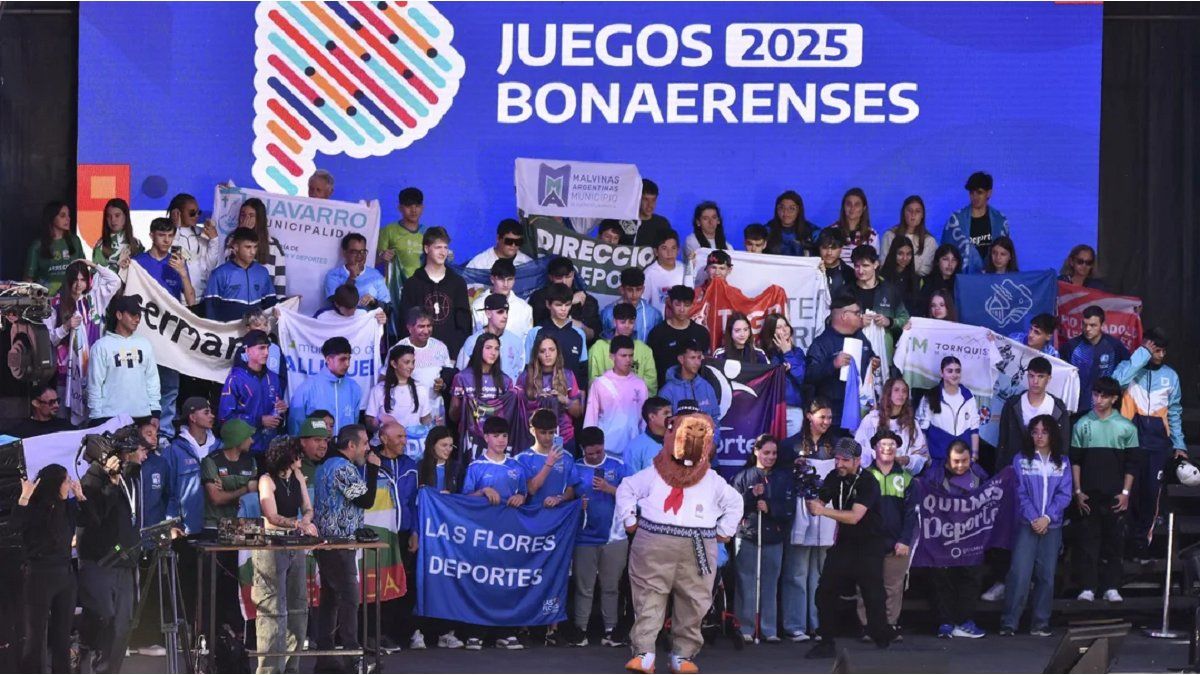In her new exhibition, “Acústica”, at the Paseo de las Artes Duhau, the artist affirms herself in geometric abstraction and formulates a correspondence between chromaticism and sound
Cristina Rossidoctor in History and Theory of Art, specialized in Geometric Abstraction, deals in her book “Drifts” of the artistic career of Cristina Rochaix; refers to his beginnings, in which he traveled through figuration, ports, cranes, bridges and ships, rural landscapes, and his work was exhibited for the first time in 1990 at the Palais de Glace.
The content you want to access is exclusive to subscribers.
Rochaix she abandoned representative painting around 1993, inspired by the Russian artist Varvara Stepanova (1894-1958) to redesign and cut out geometric suits. She also had other Russian artists as models, Goncharova (1881-1962) and Lyubov Popova (1889-1924) in addition to Oskar Schlemmer (1888-1943) and his Triadic Ballet premiered in 1926, and which represented the avant-garde and the spirit of Bauhaus to make silhouettes of quasi-mechanical incomplete bodies.


Later he joined the Geometric Abstraction through Raul Lozza (1911-2008) creator of Perceptism, with a series of white background, and geometric bands that crossed it, dynamizing the space. Already fully in this movement, with a strong tradition in Argentina, many series followed one another.
It is distinguished by the balance, the chromatic combinations that separate it from other rigid, more severe manifestations, according to the great proliferation of artists in their creative maturity and others who are incorporated, in a non-negligible number, true tributaries of the geometric tradition.
Cristina Rochaix (San Isidro, 1962) had teachers like Luisa Reisner, Miguel Angel Vidal, Carlos Fels. He participated in collective exhibitions, attended the workshops of Juan Pablo Rensi and Alejandro Puentestudied Art History with Jorge López Anaya and Hugo Petruchansky. In his work we see a sensitive geometry, a song to color, perhaps the reason for the title of this exhibition. “Acoustics”.
Kandinskand talked about abstract sounds “a color can bring the resonance of the musical color of an instrument because the optical excitation causes vibrations in other sensory spheres.””.
According to Rochaix “this exhibition of current and past paintings that dialogue between is arranged in four parts: Conversations on the timbre of color, Architectures and spatiality, Circular sequences and Organic paintings.” It highlights the progressive change from the traditional color wheel of painting to colors that emulate those derived from digital color. Rereading a book by the British art historian John Gage (1938-2012) “Color and Culture” in which the stories of poets, physicists, painters, musicians who thought about and investigated this sound phenomenon were translated into a lexicon that includes words such as tone, semitone, harmony, timbre, vibration, ”words that feed my daily painting practice”.
Something notable about this artist are the self-referential titles instead of the “No title”or numbered, very common among artists of this trend to further strip them of any anecdote. “We listened to Judith talk about rupture and what it was like to live a hundred years” (2024), “Conversation with the painters about the sound of color in a demarcation of the percept” (2023) or “Araceli told me about the painting by her teacher Ozenfant” (2022). Which translates into mathematics and emotion.
Until July 28 at Paseo de las Artes Duhau. (Av. Alvear 1661).
Source: Ambito
I am an author and journalist who has worked in the entertainment industry for over a decade. I currently work as a news editor at a major news website, and my focus is on covering the latest trends in entertainment. I also write occasional pieces for other outlets, and have authored two books about the entertainment industry.




